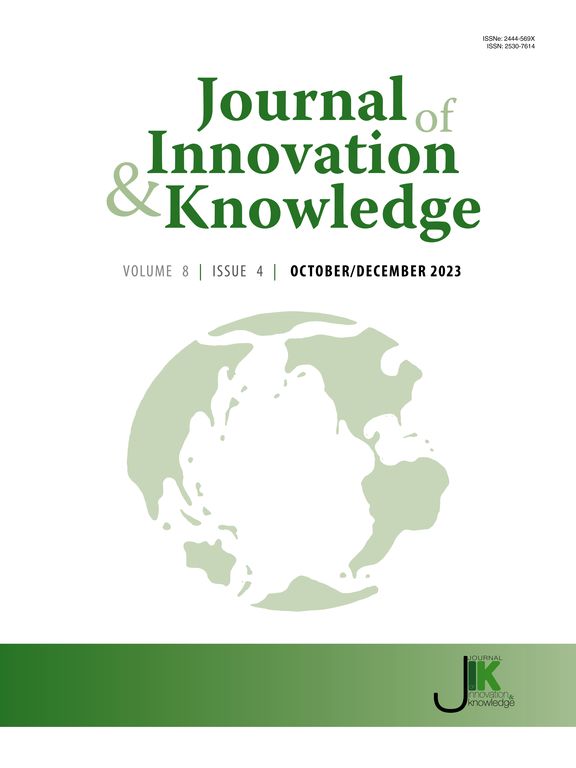The impact of China’s green credit policy on the innovation of manufacturing enterprises
IF 15.6
1区 管理学
Q1 BUSINESS
引用次数: 0
Abstract
This study empirically investigated the effects of green credit policies on corporate innovation in China, utilizing panel data for A-share listed manufacturing companies from 2008 to 2022. The analysis employed double-difference models, with the 2012 introduction of the Green Credit Guidelines treated as an exogenous shock. Green credit schemes were found to restrict innovation among more heavily-polluting enterprises. In terms of mechanisms, financial constraint effects outweighed the Porter effect, with heightened financial limitations imposed by green credit schemes driving the observed decrease in corporate innovation. Additionally, the degree of local financial development was found to strongly mediate how green credit policies impacted innovation-related investments, while government subsidies and internal investment levels exacerbated the negative effects of green credit schemes on innovation. Green credit-related declines in innovation within heavily polluting industries were exaggerated for privately owned versus state-owned enterprises. Similarly, technology-intensive enterprises, those operating in highly competitive markets, and those less-dependent on human labor also experienced greater reductions in innovation. Finally, green credit-related declines in innovation were most severe for enterprises located in the Central Region of China.
中国绿色信贷政策对制造业企业创新的影响
本文利用2008 - 2022年a股制造业上市公司的面板数据,实证研究了绿色信贷政策对中国企业创新的影响。该分析采用双差模型,将2012年出台的《绿色信贷指引》视为外生冲击。绿色信贷计划被发现限制了重污染企业的创新。在机制方面,资金约束效应超过了波特效应,绿色信贷计划施加的资金限制加剧了企业创新的减少。此外,地方金融发展程度在绿色信贷政策对创新相关投资的影响中起中介作用,而政府补贴和内部投资水平则加剧了绿色信贷计划对创新的负面影响。与国有企业相比,重污染行业中与绿色信贷相关的创新下降被夸大了。同样,技术密集型企业,那些在高度竞争的市场中运营的企业,以及那些对人力依赖程度较低的企业,在创新方面也经历了更大的下降。最后,与绿色信贷相关的创新下降在中国中部地区的企业中最为严重。
本文章由计算机程序翻译,如有差异,请以英文原文为准。
求助全文
约1分钟内获得全文
求助全文
来源期刊

Journal of Innovation & Knowledge
Multiple-
CiteScore
16.10
自引率
12.70%
发文量
118
审稿时长
37 days
期刊介绍:
The Journal of Innovation and Knowledge (JIK) explores how innovation drives knowledge creation and vice versa, emphasizing that not all innovation leads to knowledge, but enduring innovation across diverse fields fosters theory and knowledge. JIK invites papers on innovations enhancing or generating knowledge, covering innovation processes, structures, outcomes, and behaviors at various levels. Articles in JIK examine knowledge-related changes promoting innovation for societal best practices.
JIK serves as a platform for high-quality studies undergoing double-blind peer review, ensuring global dissemination to scholars, practitioners, and policymakers who recognize innovation and knowledge as economic drivers. It publishes theoretical articles, empirical studies, case studies, reviews, and other content, addressing current trends and emerging topics in innovation and knowledge. The journal welcomes suggestions for special issues and encourages articles to showcase contextual differences and lessons for a broad audience.
In essence, JIK is an interdisciplinary journal dedicated to advancing theoretical and practical innovations and knowledge across multiple fields, including Economics, Business and Management, Engineering, Science, and Education.
 求助内容:
求助内容: 应助结果提醒方式:
应助结果提醒方式:


